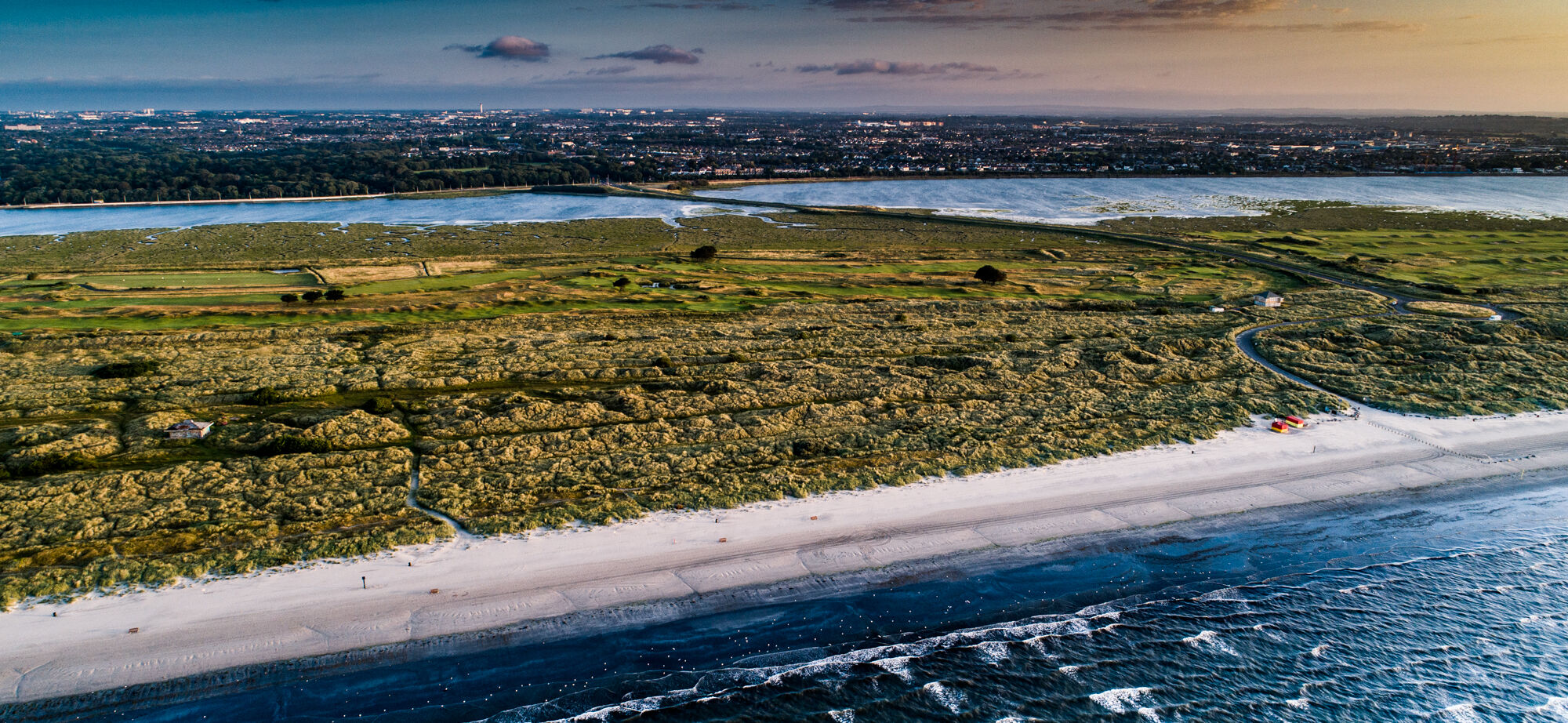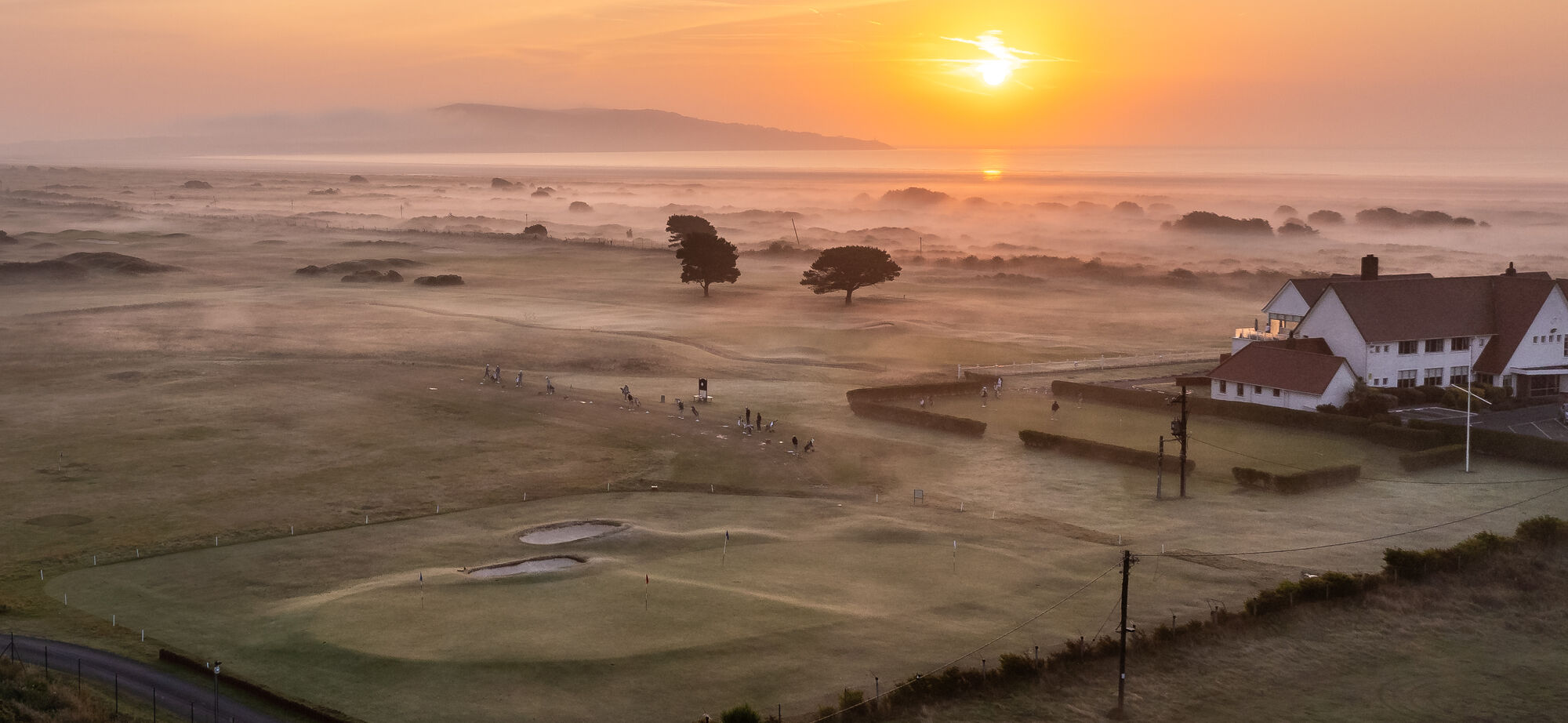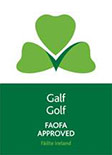Unesco Nature Reserve
A Celebrated Wildlife Habitat
The North Bull Island, home to The Royal Dublin Golf Club, is celebrated throughout Europe as a wildlife habitat for its unique collection of flora and fauna, and particularly its large concentration of over-wintering wildfowl and waders. It attracts more bird-watchers than any other location in Ireland. This marine environment, with its diverse wildlife, is a constant source of enjoyment to golfers.
In 1979 the island was declared a Special Protection Area (SPA) under the 1979 European Bird Directive (79/409/EEC) and in 1981 it was designated a UNESCO Biosphere Reserve, the first in Ireland.
A Sandy island Emerged from the Sea
Improvements to the port of Dublin in the late 18th and early 19th centuries included construction of a south wall and a north (Bull) wall to improve navigation in the shipping channel. The North Wall was completed in 1825 and effectively enclosed an area of the bay on three sides, extending from Dollymount to Sutton. Accumulation of sand north of the wall followed, advancing rapidly northward as a low dune-covered sand spit to reach Sutton Creek by the 1880s, measuring five kilometres long and one kilometre wide. This island comprises a series of parallel dune ridges, bounded on the seaward side by a beach (Dollymount Strand) and on the land-ward side by a salt marsh and tidal lagoon, which at low tide reveals extensive mud flats.
The island is a paradise for botanists, offering a wide range of flora, some of which, such as orchids, are regarded as quite rare. The extremely rare lesser centaury can also be spotted in areas around the golf course. Three basic landscape types have developed over the past century and a half: the elevated dune area formed by wind-blown sand adjoining the beach, the salt marsh behind this, and the mud/sand flats of the lagoon. The latter two are in the inter-tidal zone. Each landscape type has its own distinctive vegetation. An interesting mini eco-system is the Alder Marsh at the north end of the island enclosed within the dunes at water level, which has its own distinctive plant and insect life.
Fauna
The fauna is very diverse. The reserve is celebrated for its wildfowl and waders, the latter reputedly numbering up to 30,000 on a winter day. Brent Geese, which over-winter here in large flocks from northern Canada, are a common sight grazing on the fairways. Bull Island boasts the largest number of Brent Geese found in Dublin.
The lark has always been a distinctive feature, livening the summer with its soaring and song. Less heralded are numerous types of insects, flies and slugs flourishing on the island. There are only five land mammals recorded as residents – foxes, rabbits and three rodents, namely house and field mice and brown rats. The common lizard can also be spotted on Bull Island which is among only a few places in Ireland they can be seen.
The Captain and the committee of the club felt it important to undertake an audit of the course precincts. The well-known wildlife expert and broadcaster Éanna Ní Lamhna was appointed to undertake the audit and make recommendations on the environmental management of the course. This audit and expert report have been taken into account in formulating the club's environmental policy.
Further Reading:
A Student's Guide to North Bull Island by DW Jeffery and Edward Walsh (commissioned by Dublin Corporation).
The Wild Flowers of North Bull Island by Dorothy Forde.

















